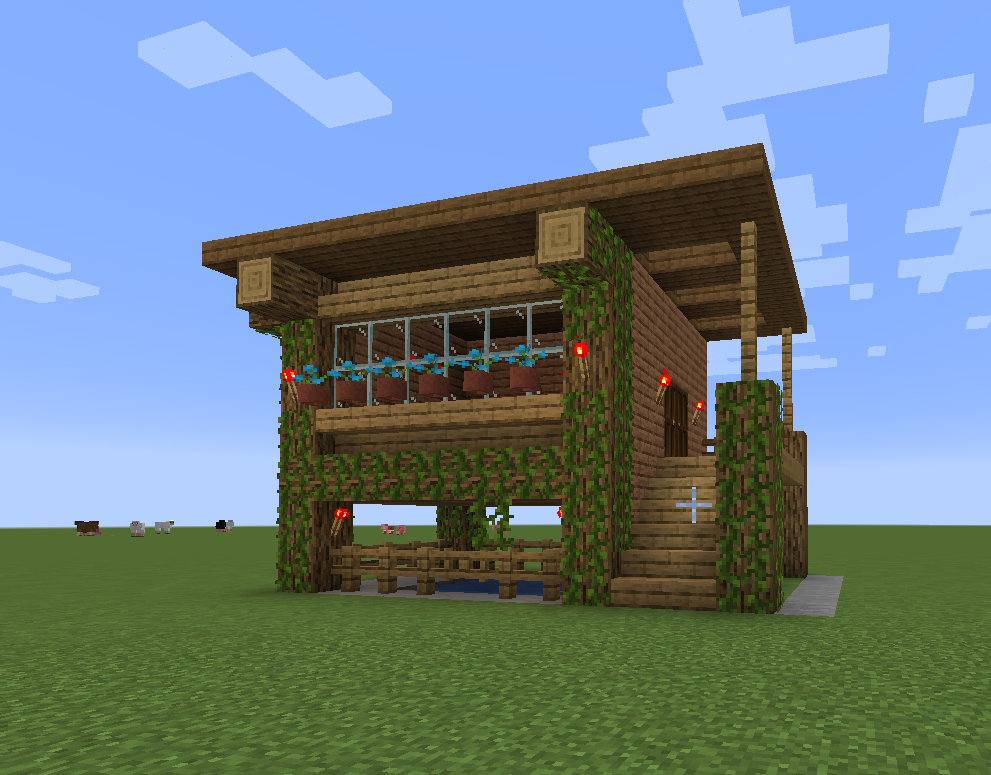Digital games have become a pervasive part today amongst youth and adult consumers (Marone, 2016). The increase usage and popularity of digital games amongst youth has brought about new perspectives on their educational value (Marone, 2016).
What is Minecraft?
Minecraft is a pixilated digital game that allows individuals to freely create and manipulate their own simulated worlds, allowing them to have the control to design these worlds (Ellison & Evans, 2016). Minecraft: Education Edition (M:EE) is an altered version of Minecraft that is designed specifically for educational use (Kuhn, 2016).
How can Minecraft foster Creativity?
According to ACARA (n.d), creativity can be defined as the process of generating and applying new ideas through different perspectives, identifying several explanations and making connections.
M:EE places students in a “creator” role rather than the traditional role of “consumer”, which places students in a position where they can create original worlds and make decisions that affect the gaming world (Checa-Romero & Pascual Gómez, 2018; Ellison & Evans, 2016).
M:EE offers infinite opportunities for students to experiment with the world due to its broad and versatile environment (Checa-Romero & Pascual Gómez, 2018). M:EE fosters creativity in students as it provides them with the opportunity to learn through play and use their creativity to build worlds and structures without any limitations (Ellison & Evans, 2016).
As well as creativity, students engage in decision making and problem solving skills as they come across challenges in which they have to overcome through experiential learning. Furthermore, students are reasoning as they reflect and identify what worked and what didn’t.
M:EE allows students to interact and explore the creative spaces of other class members, as well as collaborate and co-create (Ellison & Evans, 2016). Such opportunities stimulate student creativity, engagement and motivation (Ellison & Evans, 2016).
M:EE can be used in many of the Key Learning Areas (KLA). It can be used to teach mathematical concepts such as algebraic patterns, measurement, area, perimeter and volume as well as other KLA’s Such as English, Science, History and Geography (Ellison & Evans, 2016).
This freedom allowed by M:EE encourages and fosters the development of creativity as students have control over their creative processes (Checa-Romero & Pascual Gómez, 2018).
Limitations
To effectively utilise M:EE in the classroom, the teacher would have to learn and be trained in the program. Furthermore, although it is cheap, there is still a cost associated with the program.
For more information, visit the M:EE site here https://education.minecraft.net/
References
Australian Curriculum, Assessment and Reporting Authority. (n.d). Critical and Creative Thinking. Retrieved from https://www.australiancurriculum.edu.au/f-10-curriculum/general-capabilities/critical-and-creative-thinking/
Checa-Romero, M., & Pascual Gómez, I. (2018). Minecraft and machinima in action: development of creativity in the classroom. Technology, Pedagogy And Education, 27(5), 625-637. doi: 10.1080/1475939x.2018.1537933
Ellison, T., & Evans, J. (2016). “Minecraft,” Teachers, Parents, and Learning: What They Need to Know and Understand. School Community Journal, 26(2), 25-43.
Kuhn, J. (2017). Minecraft: Education Edition. CALICO Journal, 35(2), 214-223. doi: 10.1558/cj.34600
Marone, V. (2016). Playful Constructivism: Making Sense of Digital Games for Learning and Creativity Through Play, Design, and Participation. Journal For Virtual Worlds Research, 9(3). doi: 10.4101/jvwr.v9i3.7244
Feature image: created by me
